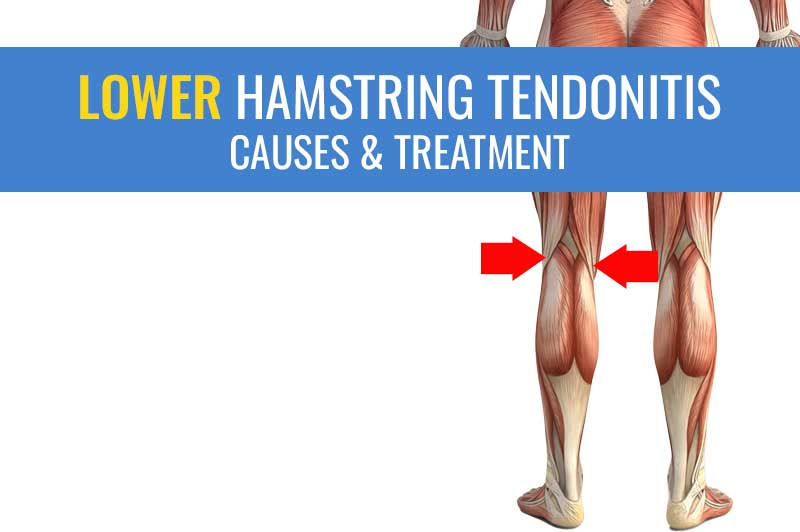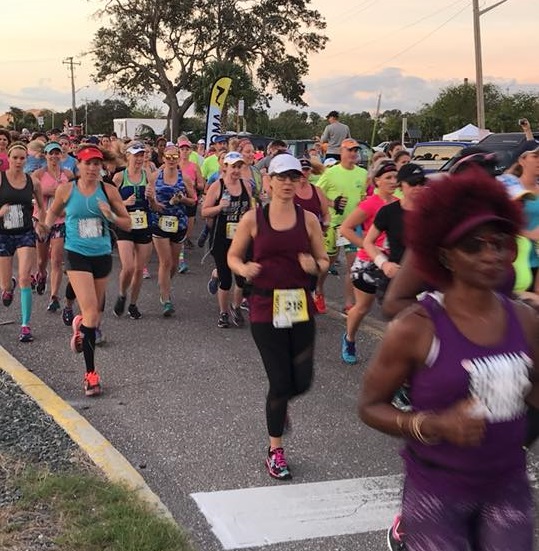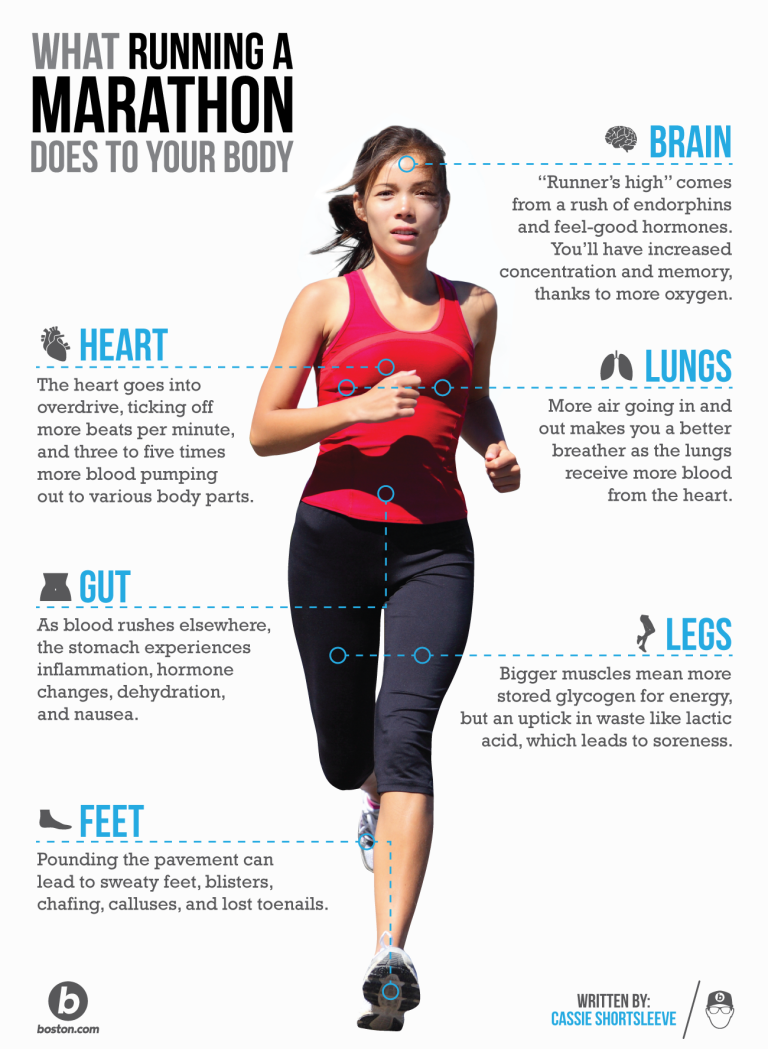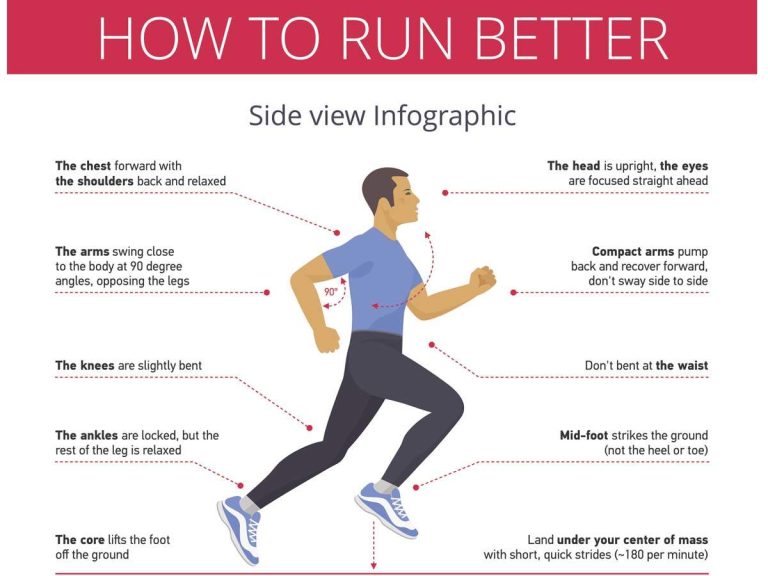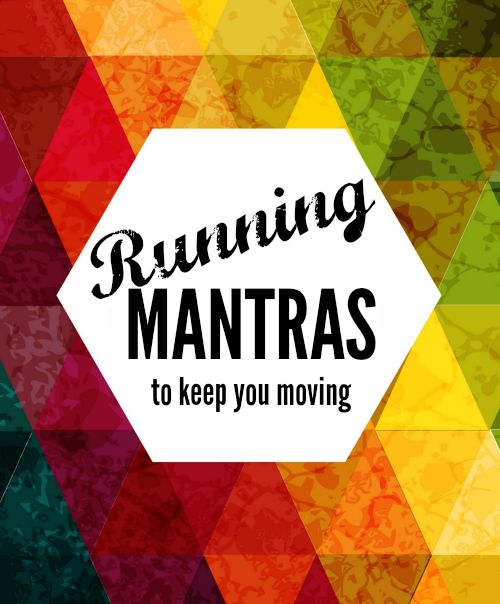Running Hamstring Pain: Causes, Treatment And Prevention Plan
Running hamstring pain can be caused by muscle strain or overuse, and effective treatment includes rest, ice, compression, and elevation. Prevention strategies include proper warm-up, stretching, and strengthening exercises to avoid re-injury.
Running hamstring pain is a common concern among athletes and regular runners, leading to discomfort and hindering performance. Understanding the causes, treatment options, and prevention plan is essential for managing and alleviating this issue. By implementing proactive measures, individuals can minimize the risk of hamstring injuries and maintain optimal performance during running activities.
We will delve into the various aspects of running hamstring pain and provide practical tips for addressing and preventing this common ailment.
The Importance Of The Hamstring Muscles
The hamstring muscles play a vital role in our lower body function. They are a group of three muscles located at the back of the thigh – the biceps femoris, semitendinosus, and semimembranosus. These muscles are responsible for various essential movements in the body, including walking, running, and bending the knee. They provide stability to the knee joint and help with hip extension, making them crucial for our overall mobility and strength.
Functions Of The Hamstrings
The hamstring muscles aid in the flexion of the knee joint, extension of the hip joint, and provide stability to the pelvis. Additionally, they contribute to the deceleration of the lower leg during activities like running and jumping, helping to prevent injuries. Their role in maintaining proper posture and body alignment cannot be overstated.
Common Causes Of Hamstring Pain
- Overuse or excessive strain during physical activities
- Poor flexibility and inadequate warm-up before exercise
- Weak hamstring muscles leading to muscular imbalances
- Direct trauma or impact to the back of the thigh
- Previous hamstring injuries that haven’t fully healed
It’s important to address these causes to prevent recurrent or chronic hamstring pain.
:max_bytes(150000):strip_icc()/hamstring-pull-tear-or-strain-3119339-0375-05354ec07a78451c9a317048c358efb2.jpg)
Credit: www.verywellfit.com
Identifying And Diagnosing Hamstring Pain
Running enthusiasts often encounter the discomfort of hamstring pain, which can hinder performance and lead to long-term issues if not addressed promptly. Properly identifying and diagnosing the root cause of hamstring pain is crucial for effective treatment and prevention.
Symptoms Of Hamstring Strain
Hamstring strain can manifest in various ways, with common symptoms including:
- Tightness or stiffness in the hamstring muscles
- Pain or tenderness in the back of the thigh
- Swelling or bruising around the hamstring area
- Difficulty straightening the leg or bending at the knee
- Weakness in the affected leg
Diagnostic Procedures For Hamstring Injuries
Healthcare providers may utilize the following diagnostic procedures to assess hamstring injuries:
- Physical examination to evaluate range of motion and muscle strength
- Palpation to locate areas of tenderness or swelling
- Imaging tests such as MRI or ultrasound to visualize the extent of the injury
- Functional testing to assess specific movements that aggravate the pain
- Discussion of the individual’s medical history and previous injuries
Treatment Options For Hamstring Pain
When it comes to managing hamstring pain, it is crucial to explore various treatment options that can alleviate discomfort and promote recovery. Effective treatment can help speed up the healing process and prevent further injury. Here are some common approaches that can be beneficial in addressing hamstring pain:
Rest And Ice
Rest and ice are fundamental components of treating hamstring pain initially to reduce inflammation and provide relief. Rest allows the muscles to recover, whereas ice helps in minimizing swelling and numbing the area. It is recommended to apply ice packs for 15-20 minutes several times a day to manage pain and promote healing.
Physical Therapy And Stretching Exercises
Physical therapy can play a key role in recovering from hamstring pain by improving flexibility and strength in the affected muscles. Stretching exercises targeted at the hamstrings can help reduce tightness and enhance range of motion. A physical therapist can suggest specific exercises tailored to your needs to aid in rehabilitation.
Prevention Strategies For Hamstring Injuries
Hamstring injuries can be debilitating, often leading to a lengthy recovery period. Preventing these injuries is crucial for any runner or athlete. By incorporating the right strategies, you can reduce the risk of hamstring injuries and keep yourself performing at your best.
Proper Warm-up And Cool-down
A thorough warm-up prior to any physical activity is essential for preparing the muscles for action. This should include dynamic stretches and light jogging to gradually increase blood flow.Incorporate exercises that specifically target the hamstring muscles, such as leg swings and lunges. Equally important is the cool-down phase after the activity, which helps the body transition back to a resting state.Include static stretches to maintain flexibility and minimize post-exercise muscle tightness.
Strength Training And Flexibility
Building strength in the hamstring muscles through targeted exercises is a key component of injury prevention.Incorporate exercises like deadlifts, hamstring curls, and glute bridges into your strength training regimen to fortify these muscles. Additionally, prioritize overall flexibility through regular stretching routines.Focus on both dynamic and static stretches to maintain a full range of motion in the hamstrings, thereby reducing the risk of injury.
When To Seek Medical Attention
Running hamstring pain can be caused by various factors, including muscle strain, overuse, or improper form. Seeking medical attention is crucial for a proper diagnosis, treatment, and prevention plan to alleviate pain and avoid further damage. With timely intervention, runners can recover and get back on track.
Signs Of Serious Hamstring Injury
If you experience any of the following signs, it is crucial to seek medical attention for your hamstring pain to ensure proper diagnosis and treatment: 1. Intense pain that persists or worsens after a few days of rest and home remedies. 2. Inability to bear weight on the affected leg or difficulty walking normally. 3. Swelling or bruising that is severe or covers a large area. 4. A popping or snapping sound heard at the time of injury. 5. Limited range of motion in the hip or knee joint of the affected leg.Recovery Time And Return To Activity
The recovery time for hamstring injuries can vary based on the severity of the injury and the individual’s response to treatment. Mild hamstring strains may take a few weeks to heal, while more severe tears may require several months of rehabilitation. It is essential to follow your healthcare provider’s guidelines for recovery and gradually return to activity to prevent re-injury. During the recovery period, you may undergo a combination of treatments, including rest, ice, compression, and elevation (RICE), physical therapy exercises, and in some cases, the use of assistive devices like crutches or braces. It’s essential to adhere to these protocols and avoid premature or excessive activity that could delay healing. To safely return to your regular activities, it is recommended to follow a progression plan provided by your healthcare professional. This plan usually includes a gradual increase in the intensity and duration of exercises and activities. Engaging in proper warm-up and stretching routines before physical exertion can also help prevent future hamstring injuries. Remember, seeking medical attention promptly, maintaining consistency with your recovery plan, and engaging in preventative measures are vital for a speedy and successful recovery from hamstring pain.
Credit: www.running-physio.com

Credit: ctvstexas.com
Frequently Asked Questions On Running Hamstring Pain: Causes, Treatment And Prevention Plan
Why Do I Experience Hamstring Pain While Running?
Hamstring pain while running is often caused by muscle imbalances, overuse, inadequate warm-up, or poor running technique.
What Are The Treatment Options For Running-related Hamstring Pain?
The treatment options for running-related hamstring pain include rest, ice therapy, stretching exercises, physical therapy, and gradually returning to running.
How Can I Prevent Hamstring Pain While Running?
To prevent hamstring pain while running, it is crucial to incorporate proper warm-up routines, strength training exercises, stretching, and ensuring proper running form and footwear.
Conclusion
To wrap up, addressing hamstring pain requires understanding its causes and implementing an effective treatment plan. Taking preventive measures such as proper warm-ups, stretching, and strengthening exercises can aid in preventing future injuries. It’s important to listen to your body and seek professional help when needed to ensure a pain-free running experience.

